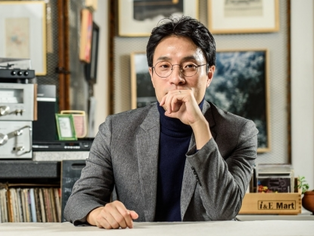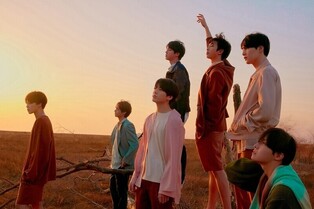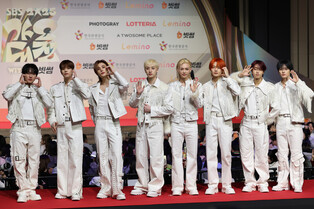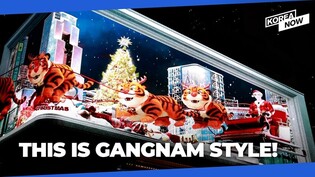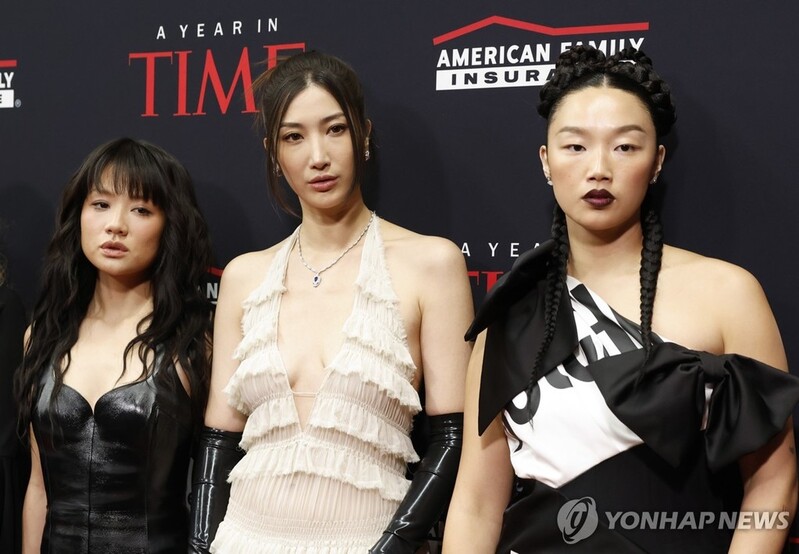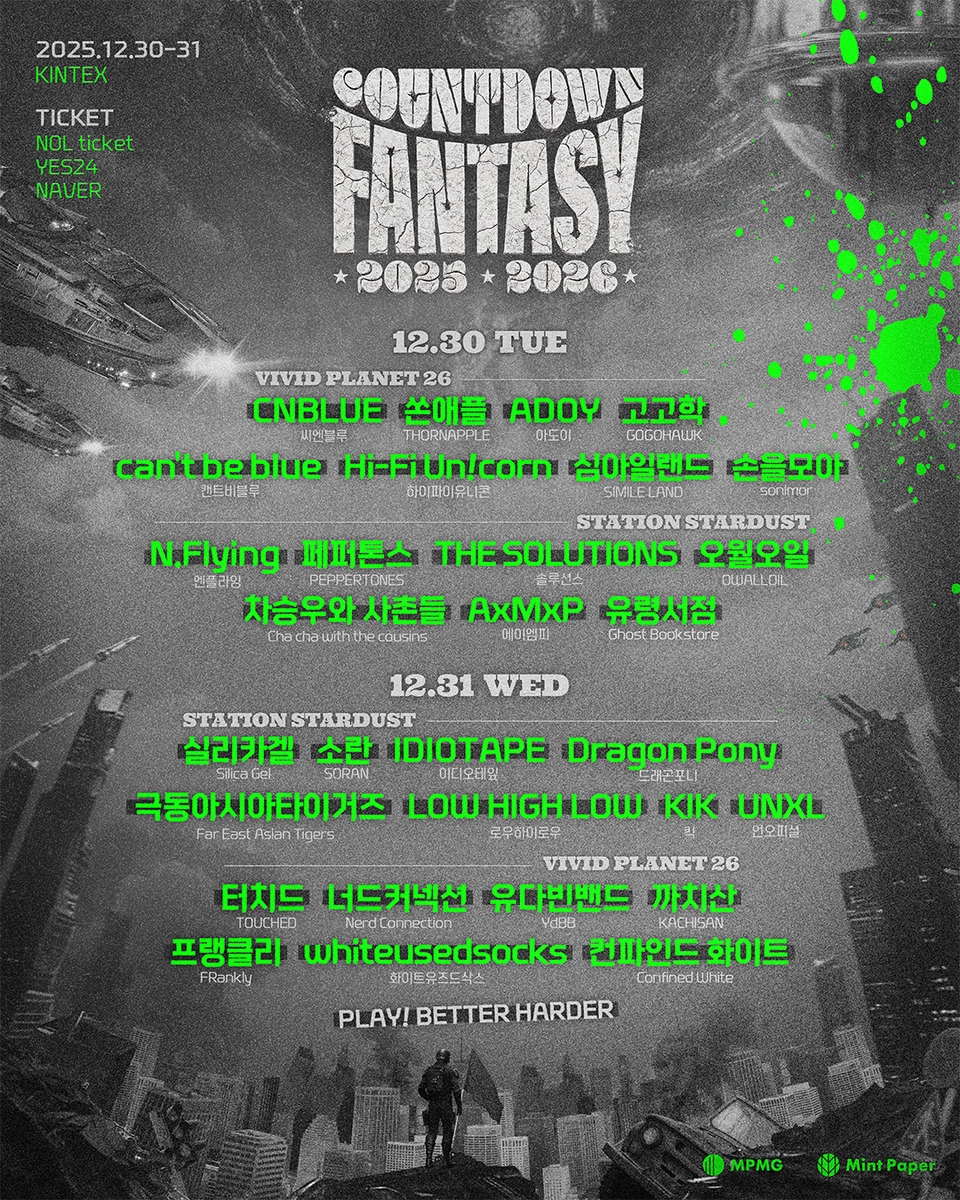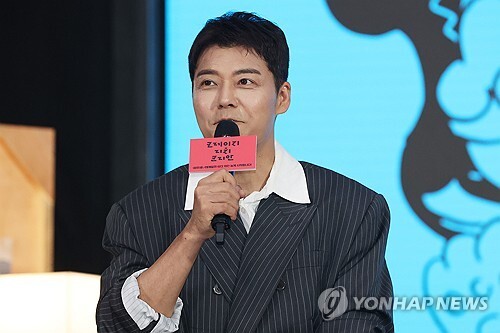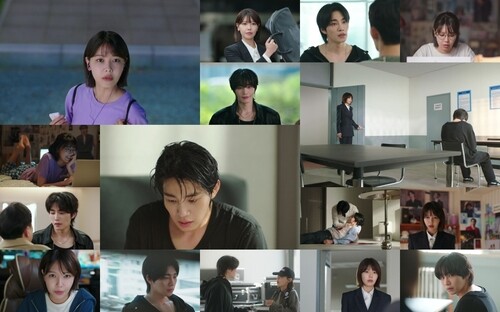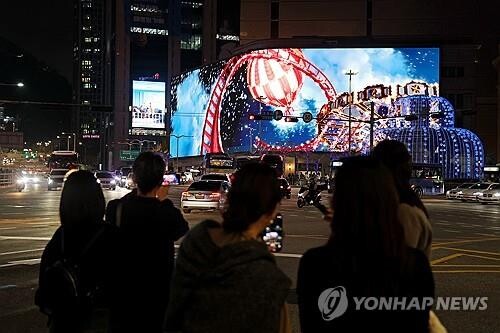 |
| ▲ A Christmas media facade plays on the electronic billboard on the exterior wall of the main building of Shinsegae Department Store in Jung-gu, Seoul, on Nov. 3, 2024. (Yonhap) |
SEOUL, Nov. 14 (Yonhap) -- The "media facade," which displays diverse visual content on building exteriors, was first introduced to Korea at Seoul's Apgujeong Galleria Department Store in 2004.
By August 2022, over 64 media facades had been installed across Seoul alone. Advanced technology allows these installations to project increasingly complex images, making them iconic backdrops for seasonal photo ops, especially at landmarks during holidays.
However, much of the content displayed is limited to visually captivating advertisements, such as 3D animated depictions of nature or anamorphic illusions. These effects, while popular for creating eye-catching optical illusions, often lack deeper meaning or artistic exploration.
Challenging this trend, the exhibition Eye Candy: Proposals for Media Facades, held at the alternative art space Loop in Seoul’s Seogyo-dong, explores the untapped artistic potential of media facades.
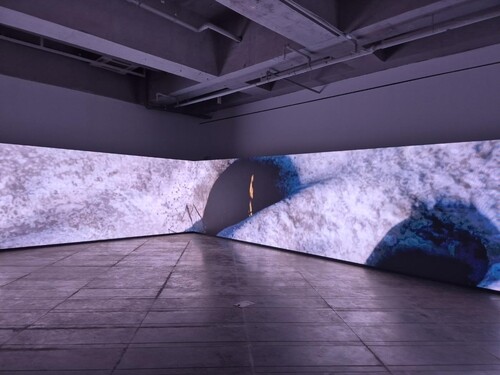 |
| ▲ This image shows the Inside the Alternative Space Loop exhibition hall. (PHOTO NOT FOR SALE) (Yonhap) |
The exhibition, which began on November 13, features works by eight media artists, all displayed on a large L-shaped LED panel (19 meters wide and 2 meters high). Throughout the one-hour rotation, the exhibit presents a range of themes and formats that aim to push media facades beyond surface-level visuals.
Participating artists include Kwon Min-ho, Kwon Byung-jun, Park Jae-hoon, Lee Ye-seung, Young-hae Chang Heavy Industries, Jeong Hye-jeong, Janine Ge and Baruch Gottlieb, and Faritin Orenli.
Their works span various media, from animation and 3D simulations to augmented reality (AR) and text animation, addressing topics rarely seen in conventional media facades: power dynamics in relationships, gender-based violence, performances by robotic figures, domestic violence, and themes of war and disaster.
Yang Ji-yoon, director at Loop, points out that due to media facades' categorization as public design, they often face rigorous content censorship and bureaucratic restrictions, reducing their scope to visually pleasing displays. This exhibition, she explains, questions what artistic messages could be conveyed through media facades and considers the kinds of creativity that might resonate meaningfully with public audiences.
The exhibition runs until November 26, offering a fresh perspective on the possibilities for media facades as a medium of artistic and social engagement.
(C) Yonhap News Agency. All Rights Reserved







